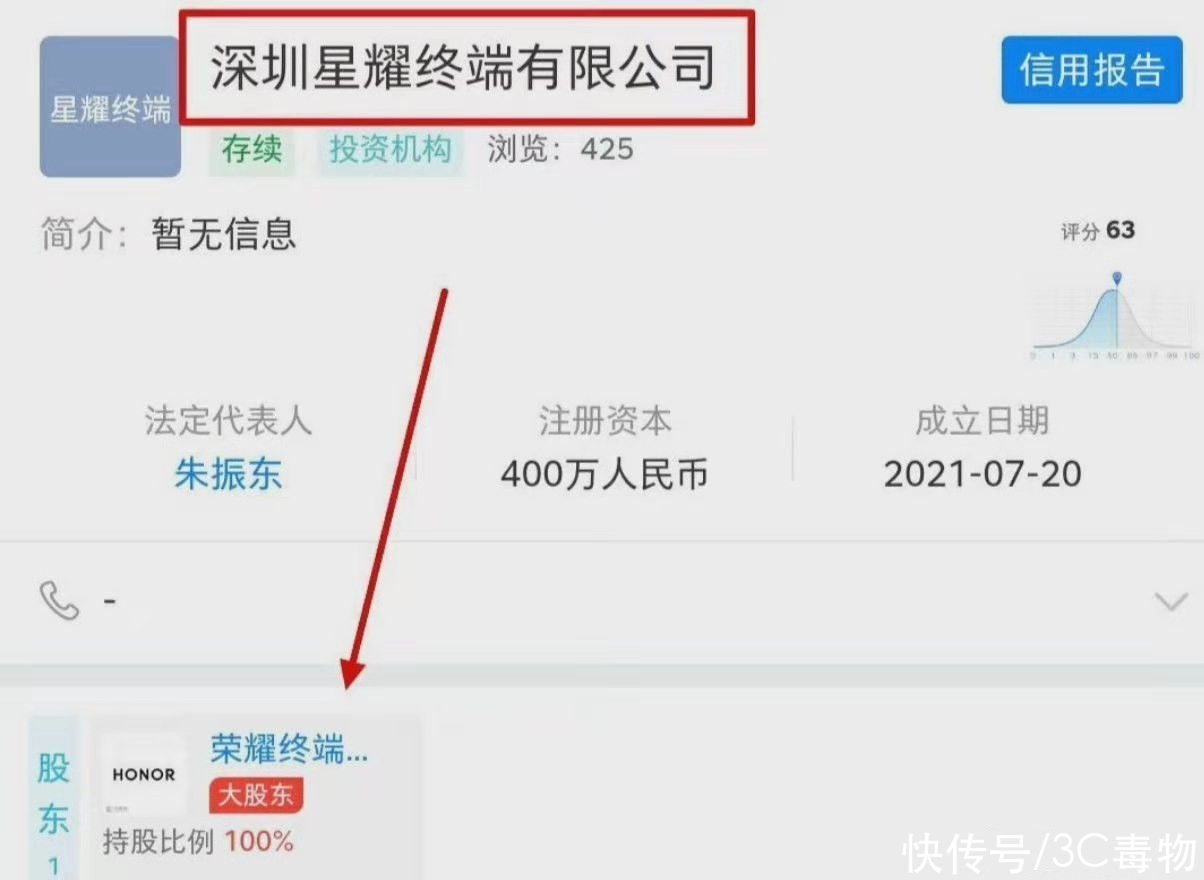python|python apply和map方法的区别_python – Pandas中map,applymap和apply方法的区别
直接从威斯麦肯尼的
Python for Data Analysis书, 132(我强烈推荐这本书):
Another frequent operation is applying a function on 1D arrays to each column or row. DataFrame’s apply method does exactly this:
In [116]: frame = DataFrame(np.random.randn(4, 3), columns=list('bde'), index=['Utah', 'Ohio', 'Texas', 'Oregon'])
In [117]: frame
Out[117]:
b d e
Utah -0.029638 1.081563 1.280300
Ohio 0.647747 0.831136 -1.549481
Texas 0.513416 -0.884417 0.195343
Oregon -0.485454 -0.477388 -0.309548
In [118]: f = lambda x: x.max() - x.min()
In [119]: frame.apply(f)
Out[119]:
b 1.133201
d 1.965980
e 2.829781
【python|python apply和map方法的区别_python – Pandas中map,applymap和apply方法的区别】dtype: float64
Many of the most common array statistics (like sum and mean) are DataFrame methods,
so using apply is not necessary.
Element-wise Python functions can be used, too. Suppose you wanted to compute a formatted string from each floating point value in frame. You can do this with applymap:
In [120]: format = lambda x: '%.2f' % x
In [121]: frame.applymap(format)
Out[121]:
b d e
Utah -0.03 1.08 1.28
Ohio 0.65 0.83 -1.55
Texas 0.51 -0.88 0.20
Oregon -0.49 -0.48 -0.31
The reason for the name applymap is that Series has a map method for applying an element-wise function:
In [122]: frame['e'].map(format)
Out[122]:
Utah 1.28
Ohio -1.55
Texas 0.20
Oregon -0.31
Name: e, dtype: object
总结,应用工作在DataFrame的行/列基础上,applymap在元素方面在DataFrame上工作,并且在一个系列上按元素进行映射。
推荐阅读
- python|python 判断注释符合规_python去除注释
- python|python 写入数据库_python 写入数据库
- python|python apply和map方法的区别_python里的apply,applymap和map的区别
- python|贷还是不贷(如何用Python和机器学习帮你决策())
- python|python数据分析apply(),map(),applymap()用法归纳
- python|Python日记(3)——matplotlib基础入门(1)
- 机器学习|什么是One-Hot Encoding()
- python|聊聊我的 Pandas 学习经历及动手实践
- 深度学习|PyTorch 安装过程总结(2022-03-06)










